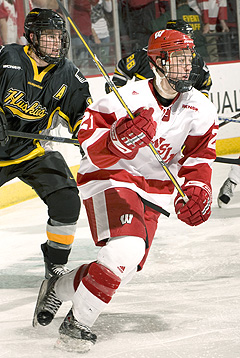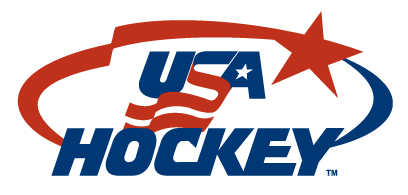 For the last few years, games from the Canadian Football League have aired on a mish-mash of American channels. Regional sports networks like MSG and Altitude have aired games, both live and on tape delay.
For the last few years, games from the Canadian Football League have aired on a mish-mash of American channels. Regional sports networks like MSG and Altitude have aired games, both live and on tape delay.No more.
Wednesday, it was announced that the NFL Network has agreed to a deal that will put 14 games on nationally during the CFL season.
Here is the release from the NFL:
The Canadian Football League and NFL have agreed to a new telecast deal for 2010, it was announced Wednesday. NFL Network will broadcast 14 regular-season CFL games, starting with the season opener Thursday, July 1 at 7 p.m. ET, featuring the Montreal Alouettes and Saskatchewan Roughriders in a rematch of last year's Grey Cup championship game.
"This is great news for CFL fans living in the United States, a group that includes some of our most passionate and dedicated fans," said Rob Assimakopoulos, the CFL's senior vice president for marketing and commercial assets. "And it promises to expose our brand of football to a broad, new audience."
NFL Network adds the fast-paced, wide-open CFL football action that features familiar names from U.S. college football.
"We continue to acquire more games for our fans and look forward to CFL action kicking off on Thursday with a rematch of the Grey Cup," said Charles Coplin, vice president of programming, NFL Network. "With the addition of the CFL, we now have live games from every level to deliver to our viewers who want football 24 hours a day, seven days a week, 365 days a year."
The 14-game CFL schedule on NFL Network in high definition features three games on Saturday nights in July following the Thursday night debut on Canada Day. Due to NFL Network's commitment to air every NFL preseason game in August, CFL action resumes on Friday nights in September, October and November.
The games will be produced by TSN, the leading sports broadcaster in Canada. NFL Network subscribers in Canada will get alternative programming due to TSN's exclusivity. NFL Network's programming includes live NFL regular-season Thursday Night Football games, Arena Football Friday AFL games, college and high school all-star games, and now the CFL.
Canadian football has a history spanning more than a century, and its championship game, the Grey Cup, is annually one of the most-watched television events north of the border. Home to eight teams, all in Canadian cities, the league features three downs instead of four, 12 men per side instead of 11, unlimited motion before the snap of the ball, and a playing field that is 65 yards wide and 110 yards long, with end zones 20 yards deep.
Some of its most recognizable alumni include former NFL quarterbacks Warren Moon, Doug Flutie, Joe Theismann, and Joe Kapp, and legendary coach Bud Grant. Moon and Grant are members of both the Canadian Football Hall of Fame and the Pro Football Hall of Fame.
2010 CFL schedule on NFL Network
Thursday, July 1: Montreal at Saskatchewan, 7 p.m. ET
Saturday, July 10: Calgary at Hamilton, 1 p.m. ET
Saturday, July 17: Edmonton at Saskatchewan, 4 p.m. ET
Saturday, July 24: Edmonton at Winnipeg, 6 p.m. ET
Saturday, July 31: Hamilton at Saskatchewan, 6 p.m. ET
Friday, Sept. 10: Calgary at Edmonton, 9 p.m. ET
Friday, Sept. 17: Calgary at Saskatchewan, 9 p.m. ET
Friday, Sept. 24: Montreal at Winnipeg, 8 p.m. ET
Friday, Oct. 1: Montreal at Calgary, 9:00 p.m. ET
Friday, Oct. 8: Edmonton at Hamilton, 7:30 p.m. ET
Friday, Oct. 15: Hamilton at Toronto, 7:30 p.m. ET
Friday, Oct. 22: Montreal at Hamilton, 7:00 p.m. ET
Friday, Oct. 29: Montreal at Toronto, 7:00 p.m. ET
Friday, Nov. 5: Calgary at Winnipeg, 8:00 p.m. ET
As a football fan, I view this as good news. The CFL features some good athletes, players who weren't quite good enough to make it in the NFL, and players who could argue they were overlooked for a real shot at the NFL. The different rules and field dimensions add a little bit to the game, and TSN does a good job with the broadcasts.
It's a great opportunity for the CFL to get some exposure with the truly hardcore football fans. Their games were hard to find in the United States for many years, so having a consistent and reliable home like NFL Network could serve as a shot in the arm for stateside interest in the league.
If you're a fan of the BC Lions, sorry. For some reason, they're the only team in the league who won't appear on NFL Network. People hoping to follow former TCU quarterback Casey Printers are going to be mad.




















